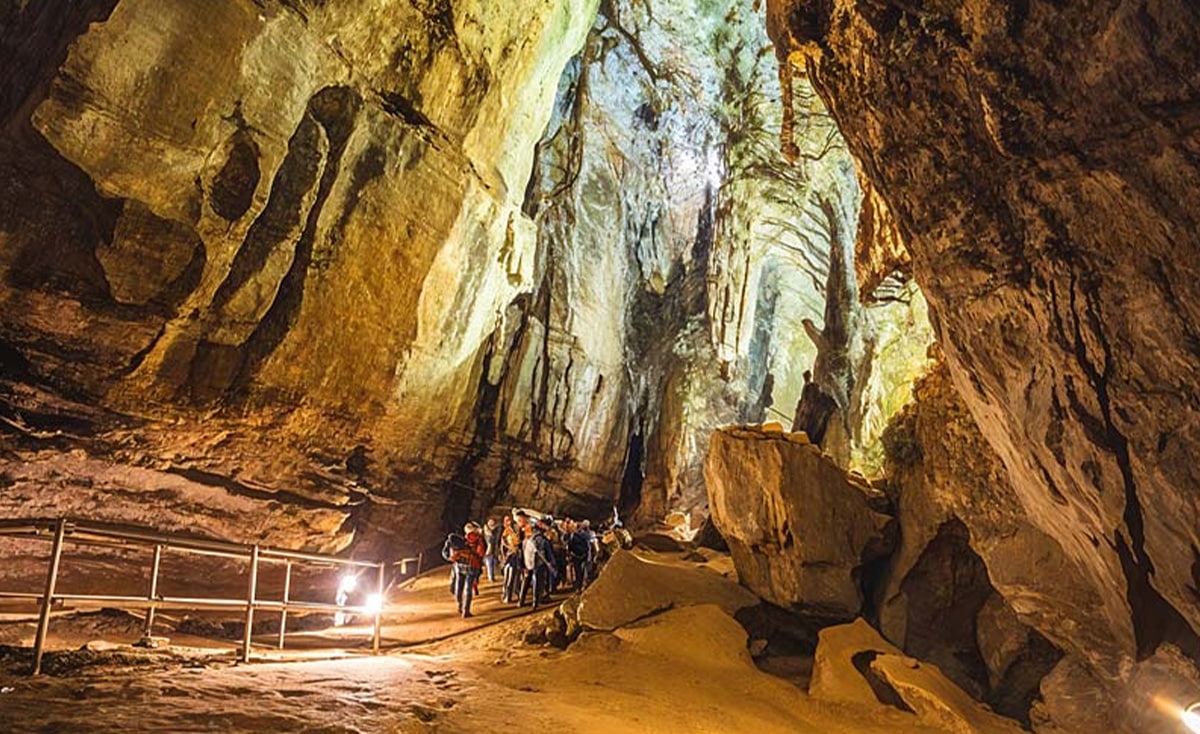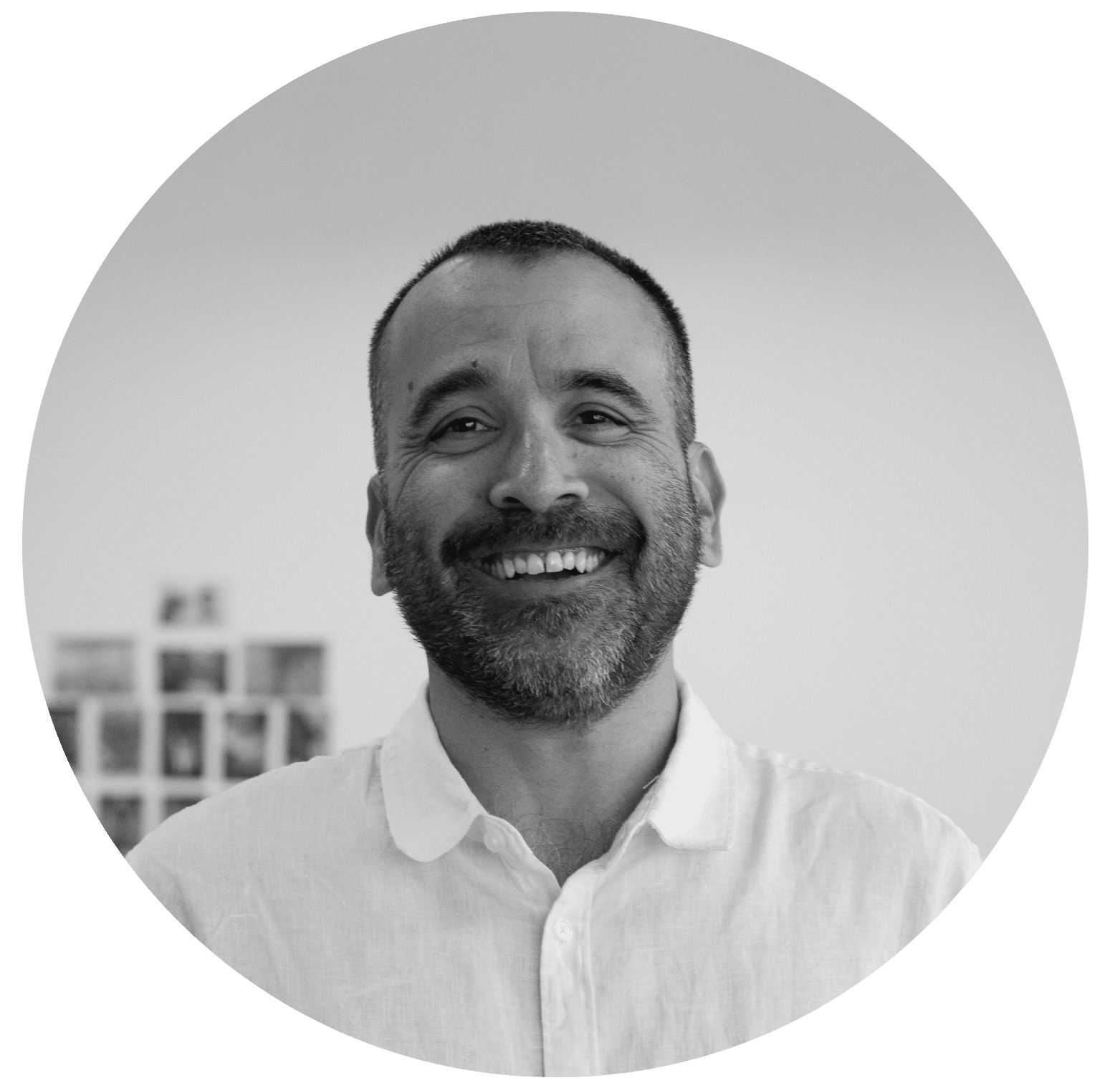
Cultural and Natural Heritage Go Hand in Hand
Although much emphasis is placed on preserving our rich global natural heritage, it is equally important to support the preservation of cultural heritage. These two are interconnected and mutually supportive.
South Africa’s Heritage Day and Global Relevance
In South Africa, this message carries special weight as the nation observed Heritage Day on 24 September. While the day is rooted in local traditions, it resonates globally as a reminder that cultural and natural heritage belong to us all.
Africa as the Cradle of Humankind
Southern Africa, together with East Africa, is regarded as the Cradle of Humankind. South Africa is also widely recognized as the Crucible of Innovation. Marking Heritage Day places this legacy in the spotlight, reminding us that these accolades speak to the shared journey of humanity.
Fire as a Turning Point in Human Evolution
The largest deposits of early hominin fossils have been found in South and East Africa. The development of humans as intelligent tool makers can be clearly followed in our fossil record. Evidence for one of the most important events in the evolution of humankind, the controlled use of fire, has been found in southern Africa.
This event made it possible for early hominins to cook and preserve food, keep warm, inhabit colder climates, and eventually melt glues and metals.
It also made it possible for them to produce light at night and extend the hours during which they could be productively active, discussing matters of topical interest and thereby developing their language skills, singing, making and playing musical instruments, and creating art- and craftworks. For this reason, the controlled use of fire is regarded as one of the most important steps in human evolution alongside the development of agriculture, the printing press, steam power, electricity, and the digital age.
Linking Heritage to Artificial Intelligence
Understanding these pivotal events in human evolution is an important message for museums and science centers. It helps to contextualize the massive advances now being made in computing, artificial intelligence and artificial general intelligence (AGI).
One authority on AGI, Masayoshi Son, Founder and CEO of SoftBank, has stated that artificial superintelligence will become 10 000 times smarter than humans within a decade! This would be the greatest leap in human ingenuity but also carries critical challenges. Will humanity remain in control of AGI, or will it be controlled by its own creation? While many agree that advanced technology should empower humanity, safeguards are essential.
Balancing Past, Present and Future
Linking the past to the present helps us understand the imperatives driving human innovation and the need for humanity to work together to ensure that future technologies are beneficial and not harmful. A concern is that nations that put safeguards in place may not develop AGI as quickly as those willing to ignore ethics in pursuit of advantage.
Humankind needs to balance lessons from the past with actions in the present to create a better future. The past should be a lesson, the present a gift, and the future an opportunity to learn and grow. We need to be wise enough to learn from the past, shrewd enough to use the present, and clever enough to prepare for the future, even if it is uncertain.
The Role of Museums and Science Centres
The role of museums and science centres is not only to convey facts about cultural and natural heritage but also to invite communities into broader debates about our shared technological futures. The crises facing humanity, from climate change and biodiversity loss to xenophobia, ideological division, the digital divide and pandemics, will only be solved if we understand the problems and work together.
Heritage and Innovation in Action
This is the spirit behind South Africa’s Heritage Day, and it is a lesson with global significance: when nations celebrate their past, they also create space for shared conversations about the future.
Examples of heritage and innovation converging can be seen in projects such as Echoes of Parow in Cape Town, which digitally reimagines community memory, the Gorilla Conservation Centre in Rwanda where cultural and environmental heritage connect, and science centres such as Wonderdal in South Africa and Mishkat in Saudi Arabia where learning and innovation meet.
formula D_’s Commitment
Museums and science centres have a responsibility to be thought leaders, sparking curiosity, debate and collaboration for a better shared future. Companies such as formula D_ are ready to step up to face this challenge.



